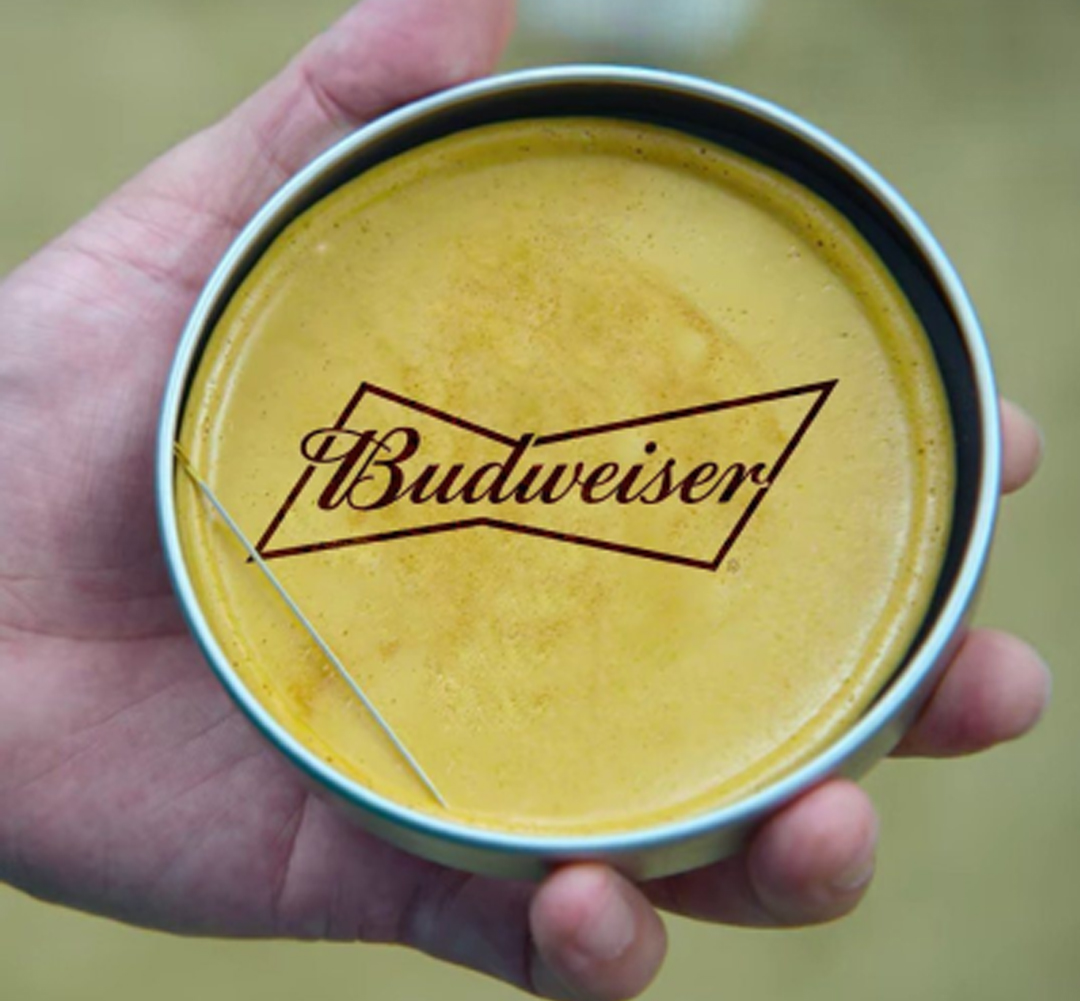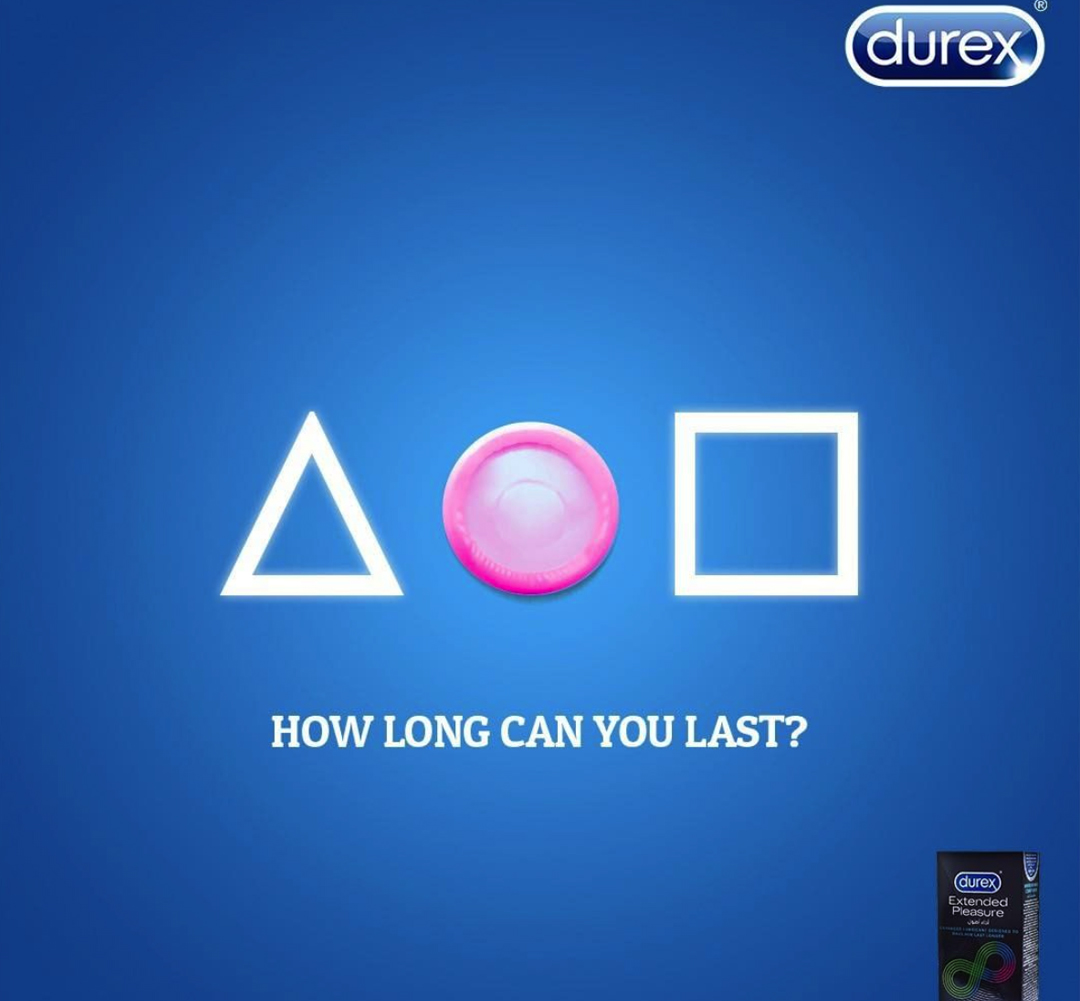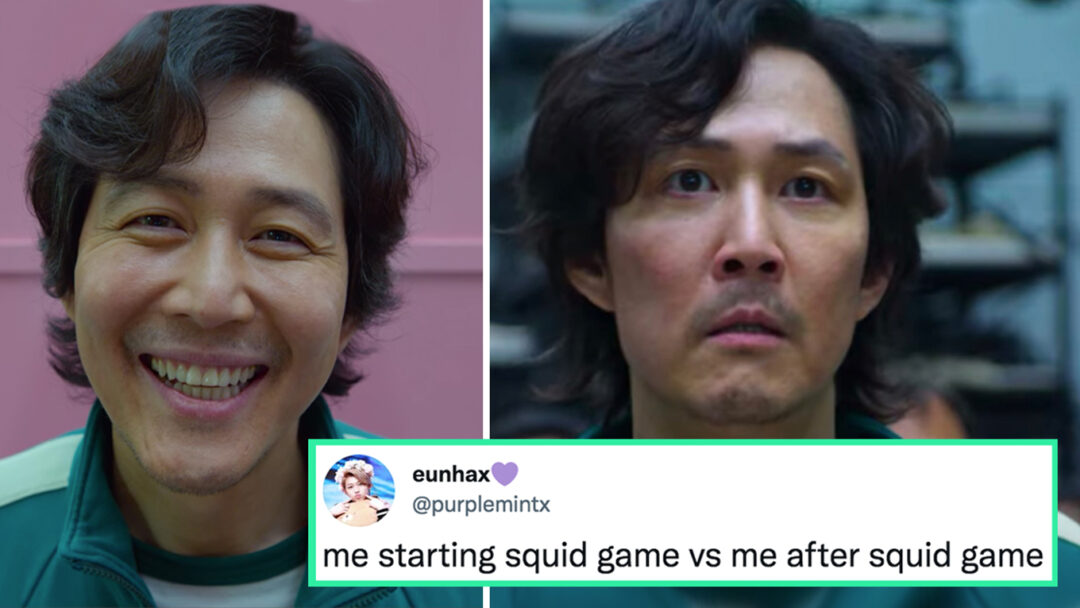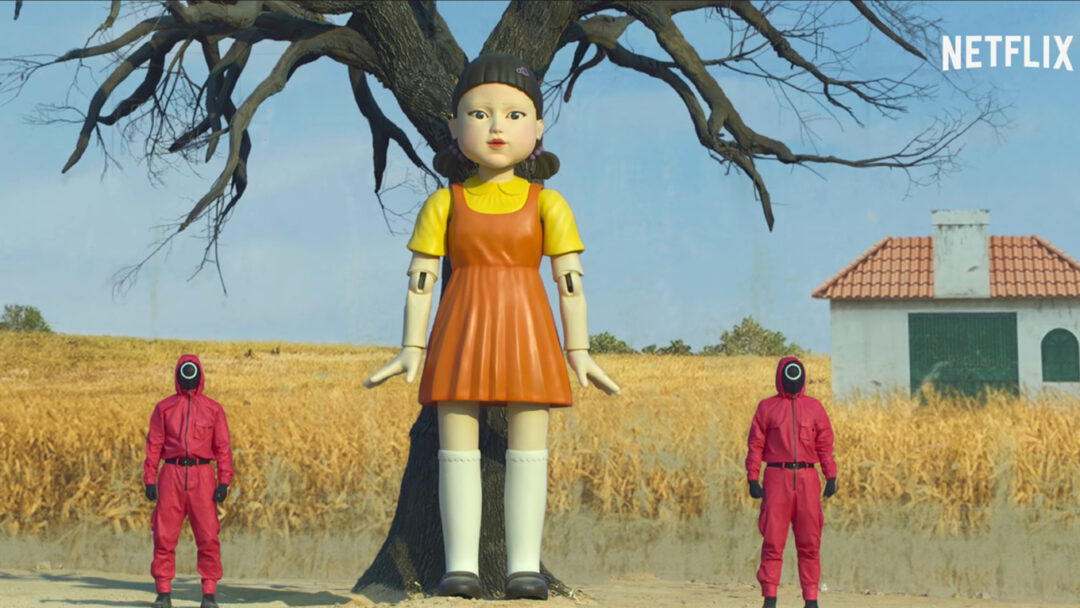Red light, green light
Unless you’ve been living under a rock for the last thirty days, it’s highly likely you would’ve at some stage come across the mass hysteria over Netflix’s new Korean drama series Squid Game.
If you haven’t seen it (we don’t judge you, but seriously – watch it), Squid Game is based on a ‘Hunger Games’ style contest where 456 players, all up to their necks in debt, are taken to a mysterious island to compete in a set of children’s games.
The winner of the game walks away with a mind-boggling grand prize of 45.6 billion won – but the catch? There can only be one winner, and if the players lose, they’re killed.
Since its release on September 17, the show has cemented itself as one of the most viral topics of 2021 and teaches us valuable business-related lessons about creating hype around a brand or product.
The results of the hype
Squid Game became the No.1 show on Netflix in 90 countries in its first week of release, including in the United States where it had zero promotion and only relied on word of mouth and social media.
Netflix captured a global audience by creating subtitles for 37 different languages as well as dubbing in 34 languages which resulted in the streaming giant recording a 7.1% rise in share prices just two weeks after the show’s launch.
But Netflix are certainly not the only ones benefiting from Squid Game’s extraordinary success.

While not paying a cent for product placement, popular shoe brand Vans reported a stunning 7,800% increase in sales in the two weeks following the show’s release thanks to all 456 contestants wearing the same pair of white slip-on shoes while competing in the game.
According to data insights business Lyst, global searches of the red boiler suits worn by the villain workers also increased 62%, white numbered shirts worn by the contestants increased 35%, while even demand for the colour teal has gone up 130% week-on-week.
If you think the success of the show was strictly limited to the products featured in it, think again; language app Duolingo saw a 76% increase of new users in Great Britain looking to learn Korean, while there was a 40% increase in Americans.
The response from leading brands
Being aware of what’s trending and what your followers and customers are doing plays a huge role in the success of your brand, and many of the world’s leading brands have acted fast in leveraging the hype of the social phenomenon known as Squid Game.
Heineken
The marketing team at Heineken was probably over the moon when they discovered one of the symbols used in one of games was an exact match of their logo. All it took was placing the three other symbols used in the game next to their existing logo, and their followers knew exactly what they were referencing.


Budweiser
Similar to Heineken, Budweiser also made reference to one of the games played on the show, where contestants had to use a sewing needle to cut out a certain shape from a piece of honeycomb, and if they made the slightest error while cutting it out, they died. Budweiser’s plan? Make their logo the shape that needs to be cut out. Simple, but effective.
Durex
You wouldn’t think a condom brand would be able to leverage off the success of Squid Game, but here we are. Referencing the fact that contestants in the show needed to last the longest in order to win, Durex simply replaced a circle with one of their condoms and asked their audience, ‘how long can you last?’


Dominos
While the previous brands focused on the shapes commonly seen in the show, Dominos Malaysia chose to make reference to the mysterious card the contestants received inviting them to participate in the game. But instead of inviting players to participate in a game of murder and bloodshed, Dominos instead invited their customers to purchase two large pizzas for 19RM ($6AUD).
Marketing lessons we’ve learned
1. Cultural differences are irrelevant if the foundation is based on emotion
When I first decided to watch Squid Game, all I knew was that it was a Korean show about desperately poor people competing in a game to win money with deadly consequences if they lost. I hadn’t heard about the majority of the games contestants were required to play, nor was I particularly familiar with South Korean culture.
But none of this mattered when I started watching the show. From the very first episode viewers begin to build connections with the characters and relate to the challenges they each are facing.
If Squid Game hooked viewers in with the storyline, it’s the raw emotions conveyed throughout the series that kept people watching. Human emotions are generic, and despite the cultural and ethnic differences, the show proved that if you can make your views feel something, you’ve already won.

2. Word of mouth is still a – if not the most – powerful marketing tool
Word-of-mouth marketing is something that every business wants but many struggle to achieve. But alas, Squid Game has proven that WOM can be an extremely powerful marketing tool.
Not long after the show’s release, every one of my friends were talking about the show. Whenever I used my phone, my news feeds on Facebook, Instagram, YouTube and even LinkedIn were flooded with countless memes, articles and videos about Squid Game. Everyone else was watching it, so I decided to watch it, too.
And perhaps the hype around the show through word of mouth was what generated such extraordinary results; in order to relate to the trending memes, join the conversation and rid yourself of FOMO (fear of missing out), it almost forces you to watch the show.

3. No one knows what consumers want until they show us
The script for Squid Game was written in 2009, however after years of attempts by the writer to make it a reality, no one was interested in producing such a violent story. But following the monumental results achieved since its release, I’m sure there are many production studios kicking themselves in hindsight.
The reality is that no one can really predict what consumers want until they show us, or until they get exposed to something that interests them. In the case of Squid Game, they broke away from conventional television norms and came up with something completely new. Is there a chance the show could have flopped? Definitely. Did it? Definitely not.
Humans sometimes don’t know what they want until they’re given something, and the best example of this is probably smartphones.
Consumers were content with their brick-like Nokias and Sony Ericssons for so many years that they didn’t know what they were missing out on in terms of technology and enjoyment until smartphones actually came along. And now, we probably struggle to imagine life without them.

Where to from here for Squid game?
While the ending to Squid Game season 1 definitely left the door ajar for a second season, creator Hwang Dong-hyuk has since confirmed that he hadn’t planned for, nor will he commit to a second season.
However, it’s hard to imagine a show with such hype, popularity and fan culture not seen since the likes of Game of Thrones and Breaking Bad not being renewed for a second season. Netflix will undoubtedly push for a season two, both for the viewer numbers as well as further marketing opportunities.
For the companies listed above – and all of the other brands who’ve leached off Squid Game’s success – none of them would’ve paid a cent to be involved, meaning any sales or traction they made off the show are a bonus.
But if the show does get renewed for a second season like many people expect, it’s safe to say that a large number of other brands will once again jump on the Squid Game bandwagon to help market their own products in the near future.